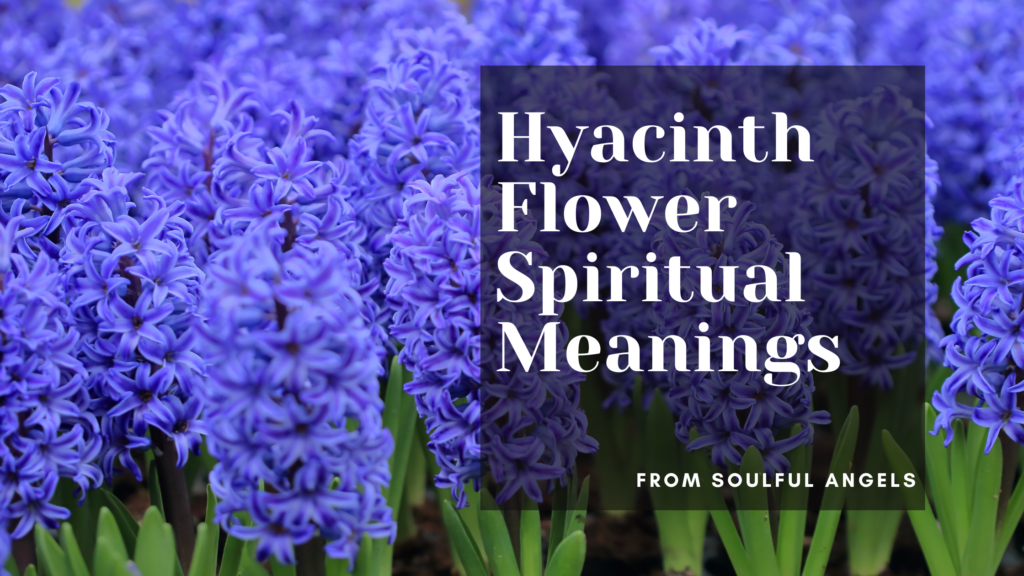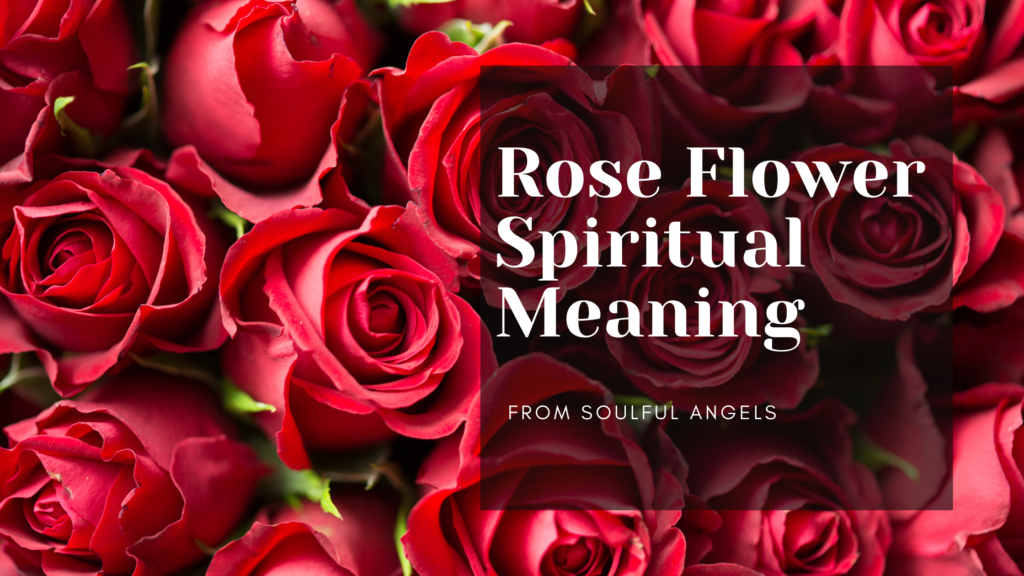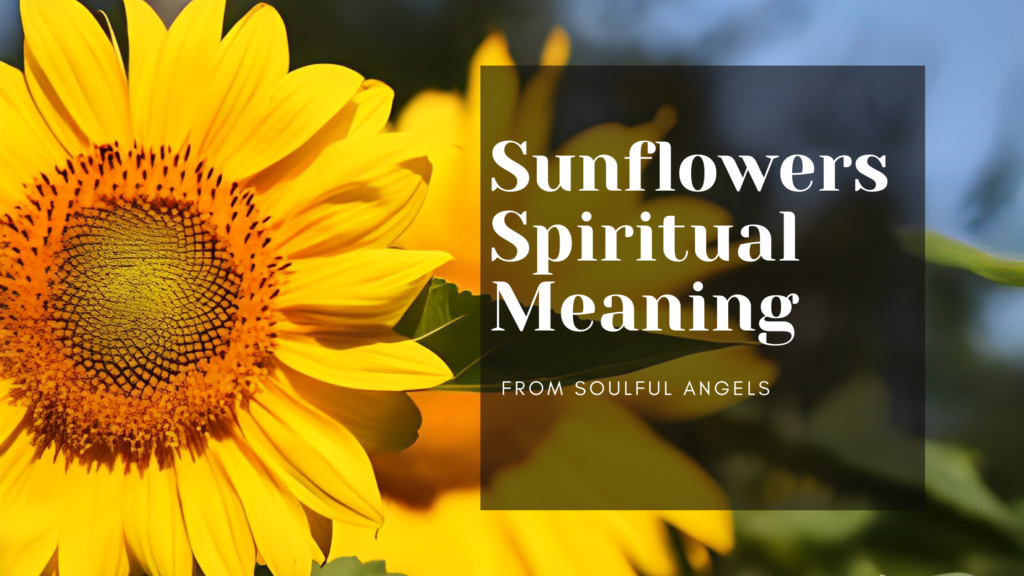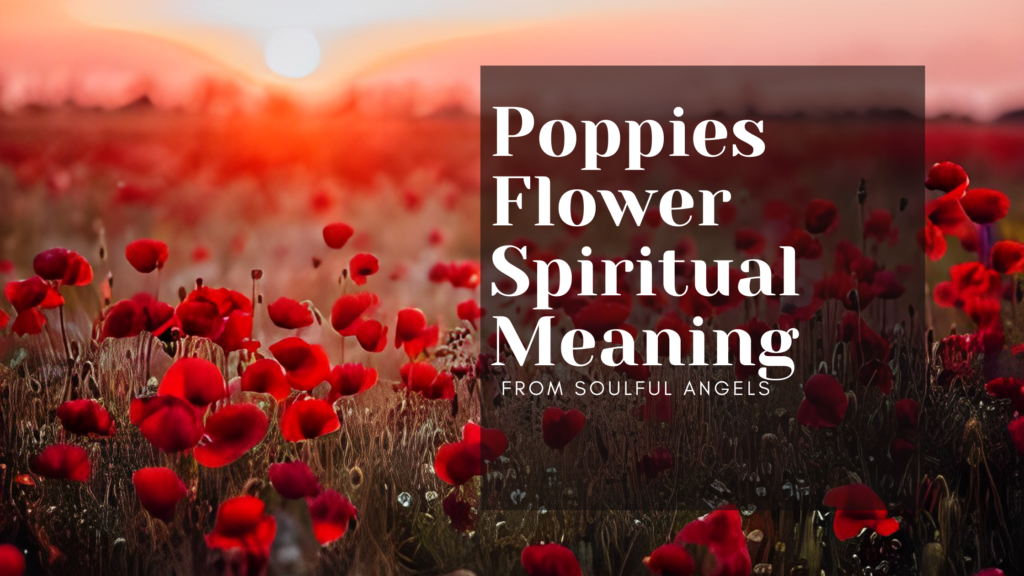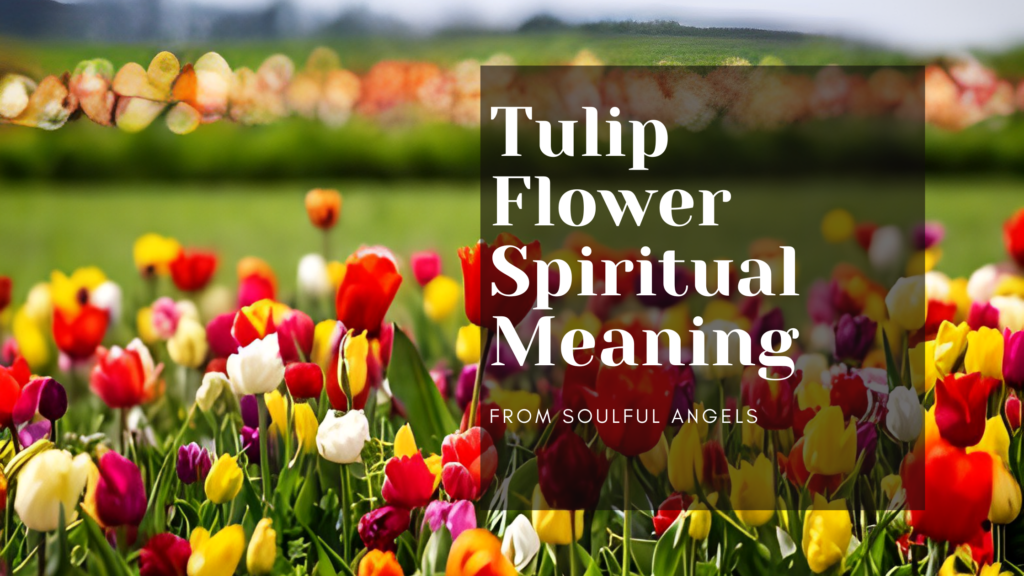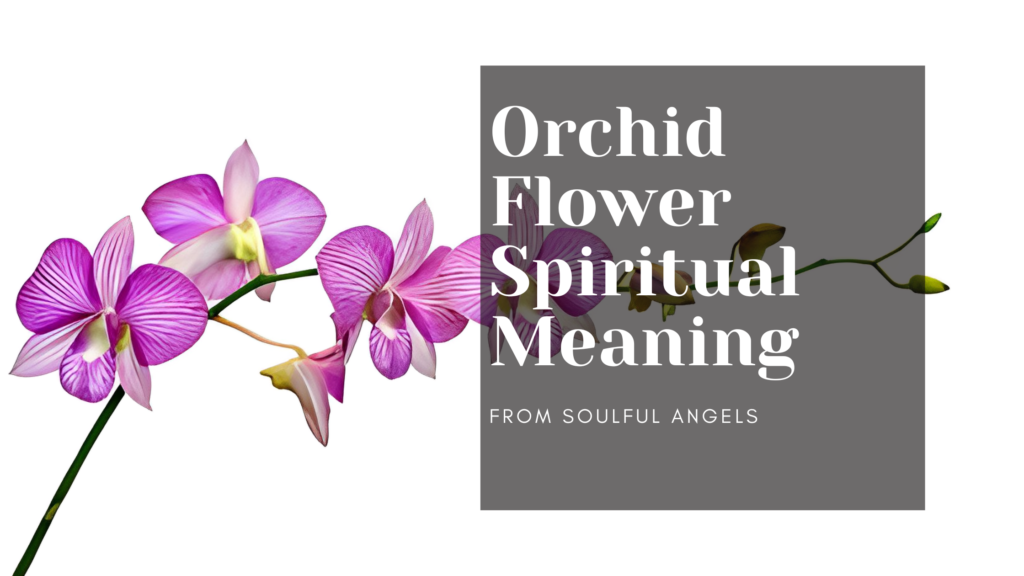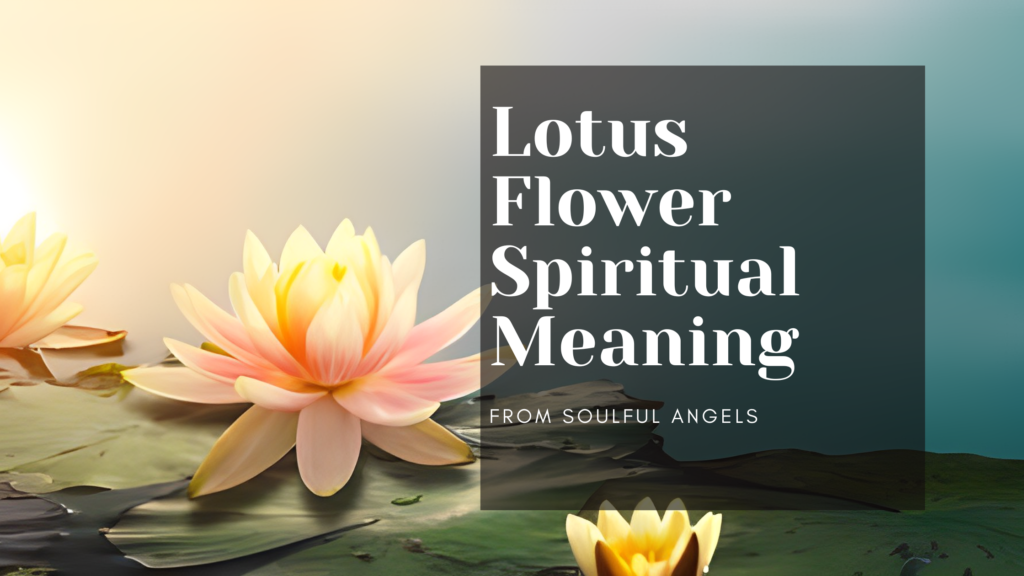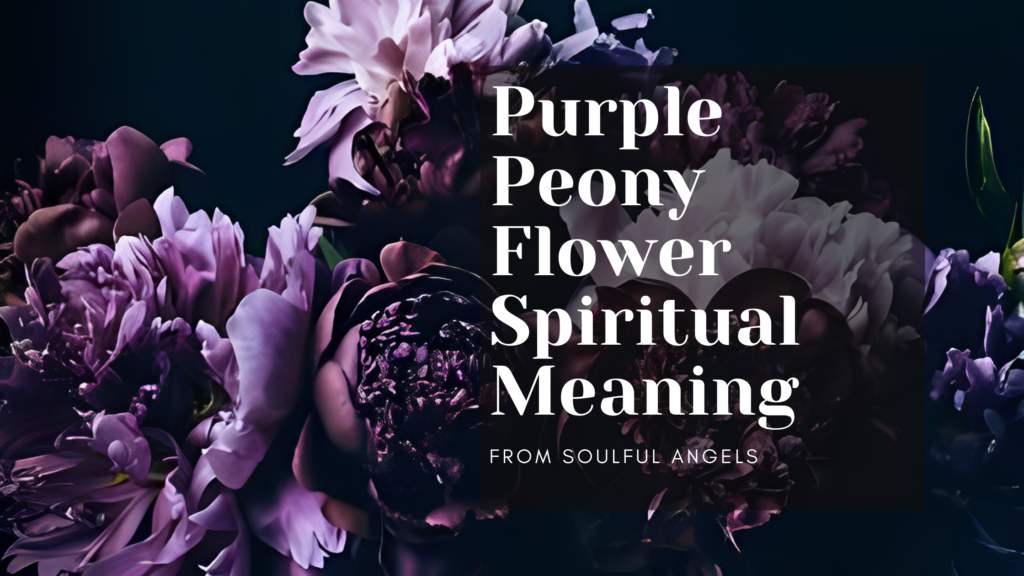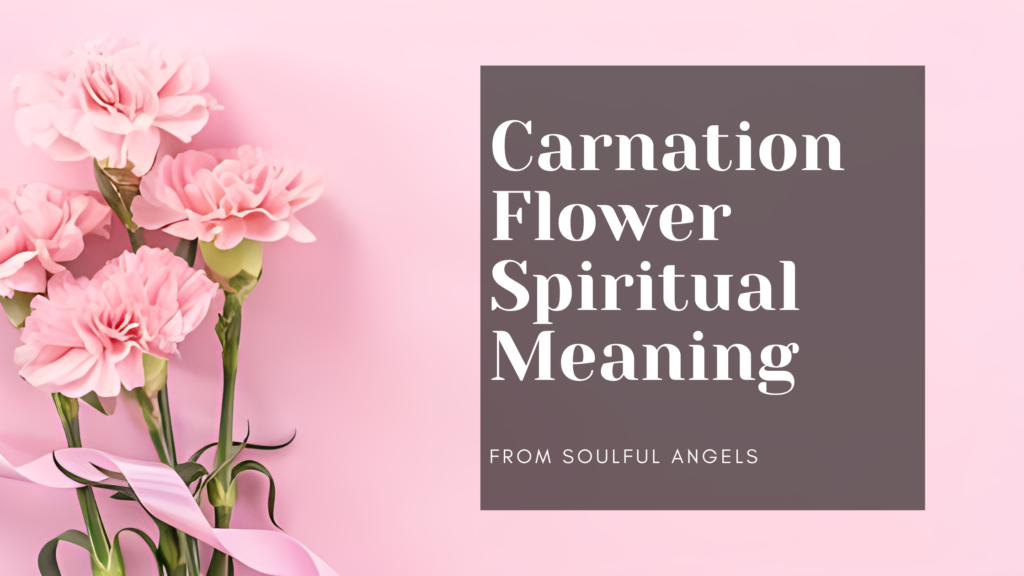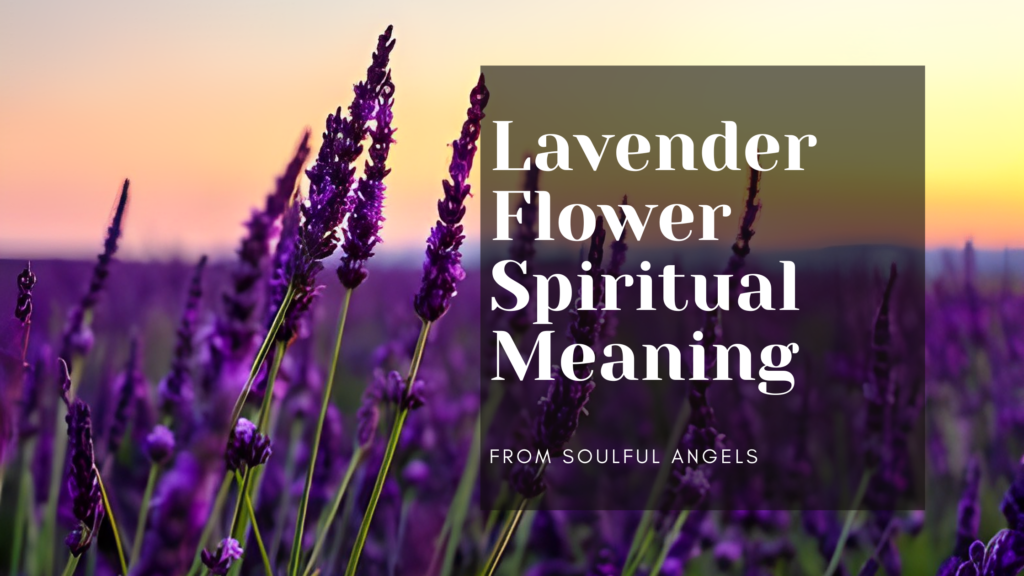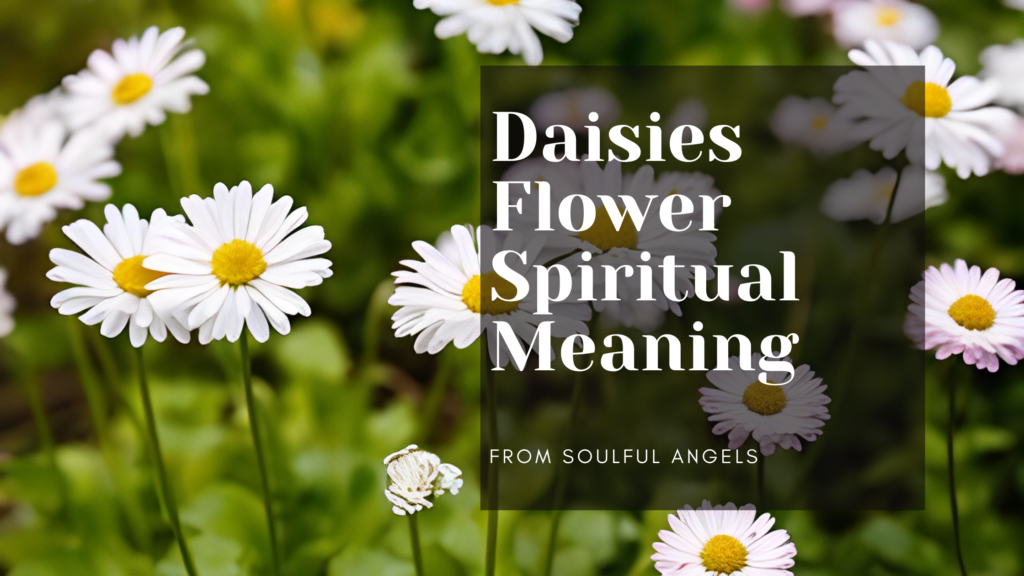Introduction:
Hyacinth flowers, scientifically known as Hyacinthus orientalis, belong to the Liliaceae family. These beautiful blossoms carry deep symbolism and a fascinating history. In this article, we will delve into the meanings associated with various hyacinth colors, their roots in Greek mythology, and their journey through history.
Hyacinth flower meanings:
Blue hyacinth symbolizes constancy.
Pink hyacinth represents playfulness.
Purple Hyacinth: Conveys sorrow and a plea for forgiveness.
The red hyacinth signifies playfulness.
White Hyacinth: Offers prayers and represents loveliness.
Yellow hyacinth symbolizes jealousy.
Hyacinth in History:
Hyacinths have historical ties to rebirth and the Greek god Apollo. In Greek mythology, these flowers emerged from the blood of a young boy named Hyakinthos, who tragically died while playing discus with Apollo. Apollo named the flower in his honor. The hyacinth is also featured in the Haftseen table setting for the Persian New Year celebration of Norouz during the Spring Equinox.
T.S. Eliot’s “Hyacinth Girl”:
T.S. Eliot’s poem “The Waste Land” includes a reference to the “Hyacinth Girl.” This character is believed to evoke warm feelings of first love, possibly drawing a connection to the Greek myth of Apollo and Hyakinthos.
Hyacinth Color Meanings:
Hyacinth colors convey different messages:
Yellow: Jealousy.
Red: playfulness or recreation.
White: loveliness and prayers for loved ones.
Purple: asking for forgiveness or symbolizing deep regret.
The Fragrance of Hyacinths:
Hyacinths are known for their spring-like scent and are often used in perfumes. The fragrance develops as the flower blooms and is described as floral and potent.
The History of Hyacinths:
The name “hyacinth” has ancient origins, associated with a blue or red precious stone. The flower is believed to have originated in the Middle East and gained popularity in Europe in the 16th century. Homer mentioned hyacinths in the Iliad, and the Greek philosopher Theophrastus listed them botanically. Carolus Clusius played a significant role in cultivating hyacinths in Western Europe. Madame de Pompadour promoted their use in the French royal courts.
How to Grow Hyacinths:
To grow hyacinths, choose well-draining, moderately fertile soil in a sunny or partially shaded area. Plant bulbs 4 inches deep and at least 3 inches apart, with the pointy end facing upward. Water thoroughly but sparingly when transplanting, and don’t water until flower buds appear the following year for established plants. You can also force hyacinth bulbs indoors for winter blooms.
How to Care for Hyacinths:
After blooming, let the flowers die naturally and cut the flower stalks. Allow the leaves to wither on their own to store energy for the next blooming cycle. Use indoor plant fertilizer and avoid overwatering.
Gifting Hyacinths:
Hyacinths make excellent gifts for various occasions, symbolizing fresh starts, well wishes, and hope. They are particularly suitable for spring and romantic gestures.
The Meaning, Symbolism, and Cultural Significance of Hyacinth:
Hyacinth Flowers in Greek Mythology:
The tale of Hyacinth’s connection to the Greek gods Apollo and Zephyrus is a poignant one. It reflects the flower’s enduring symbolism of love, devotion, and the cycle of life and death.
Hyacinth Flowers in Victorian Times:
In the Victorian era, hyacinths were beloved for their symbolism of playfulness and joy. These fragrant blooms were a common sight in home gardens, bringing hope for brighter days.
Hyacinth Flowers in Modern Times:
Today, hyacinths continue to symbolize enduring love that transcends mortality. They are often placed on the graves of loved ones to honor their memory. Additionally, potted hyacinth plants are cherished gifts for housewarmings and weddings.
Suitable Gifting Occasions for Hyacinth:
Hyacinth flowers are perfect for several occasions, including:
Spring Gifts: To bring freshness and new beginnings.
Weddings symbolize enduring love and devotion.
Housewarmings: Wishing warmth and happiness in the new home.
Mother’s Day: Especially pink or white hyacinths as tokens of appreciation.
How to Care for Fresh-Cut Hyacinth Flowers at Home:
To ensure the longevity of fresh-cut hyacinths, trim the stems neatly and change the water daily to prevent bacterial growth. In warm weather, store them in cold storage or wrap them in damp paper towels to prevent fading after cutting.
Wrap Up:
Hyacinth flowers encompass a profound history and diverse symbolism. They allow us to express a wide range of emotions, from sorrow and regret to pure love and devotion. Whether you’re gifting them to convey your feelings or planting them in your garden, hyacinths continue to captivate with their enchanting fragrance and colorful presence. Their significance endures through the ages, making them a cherished flower in various cultures and contexts.
Conclusion:
Hyacinth flowers, with their rich history and diverse symbolism, have captured the human imagination for centuries. Whether gifted as a token of love or used to convey apologies, their vibrant colors and sweet fragrance continue to brighten our lives and symbolize various emotions.
Also Read:
- Aquamarine Stone Spiritual Meaning
- Lapis Lazuli Stone Spiritual Meaning
- Jade Crystal Stone Spiritual Meaning
- Sunstone Crystal Spiritual Meaning
- Tigers Eye Stone Spiritual Meaning
- Obsidian Stone Spiritual Meaning
- Pyrite Stone Spiritual Meaning
- Bloodstone Spiritual Meaning
- Moss Agate Spiritual Meaning
- Amethyst Crystals Spiritual Meaning
- Koala Symbolism and Spiritual Meaning
- Rose Flower Spiritual Meaning
- Angel Number 222 Meaning
- Angel Number 444 Meaning
- Elephant Symbolism and Spiritual Meaning
- Angel Number 344 Meaning
- Angel Number 737 Meaning
- Angel Number 333 Meaning
- Dreaming About Time Loop
- Angel Number 919 Meaning
- Malachite Stone Spiritual Meaning
- Dreaming About Swimming
- Hyacinth Flowers Spiritual Meaning
- Horse Symbolism and Spiritual Meaning
- Ocean Jasper Stone Spiritual Meaning
- Dreaming About Being a Teacher
- Angel Number 365 Meaning
- Angel Number 777 Meaning
- Blue Colors Spiritual Meaning
Explore these Topics to discover the spiritual meanings behind each of these topics.
Hyacinth Flower FAQ:
What is Hyacinth?
Hyacinths belong to the Hyacinthus genus of flowering bulbous plants in the Asparagaceae family. They are known for their delightful fragrance and are perennial, making them a favorite in gardens.
Hyacinth Origin:
Hyacinths are believed to have originated in the Middle East and made their way to Western Europe in the 16th century. They have since become popular in various parts of the world.
Hyacinth Story:
In Greek mythology, Hyacinths is linked to the tragic story of Hyakinthos, a Spartan prince who captured the hearts of Apollo and Zephyrus. The competition for his affection led to his untimely death, and the hyacinth flower emerged from his spilled blood, named in his honor by Apollo.
What does hyacinth symbolize?
Hyacinth symbolism varies with its colors. It can represent jealousy, sincerity, or a deep desire for forgiveness. It tells stories of both regrettable mistakes and pure, caring love.

